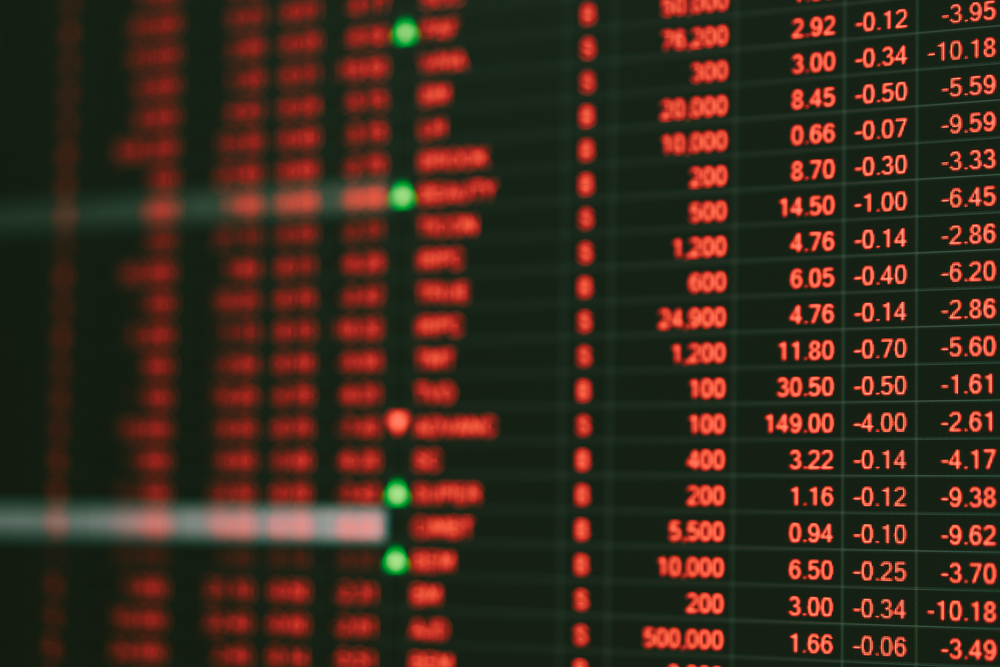Legendary 'bond king' Bill Gross has called out retail ETF investors as major contributors to the recent bond market sell-off.
In two separate interviews this week, co-founder of and former chief investment officer at PIMCO, referenced “small investor vigilantes” who are shying away from the increased volatility in the fixed income ETFs.
“Over the last few days, large bond ETFs that number in the $100bn range, are experiencing higher volume, which indicates small investor vigilantes are selling,” Gross said in a CNBC interview on Tuesday. “They have been spooked over the last week or so by declines of 3%, 4% and 5% in their bond ETFs.”
With the yield on the closely watched 10-year US Treasury yields climbing to around 4.7%, a level not seen since 2007, Gross’ deep institutional knowledge is being tapped to offer a sense of what the bond market is signalling.
'Oversold' bond market
“The market is certainly oversold at the moment in anticipation of US Treasury supplies and in anticipation of higher for longer in terms of the Fed’s own quantitative-tightening program,” he said, and added that he thinks yields on the 10-year US Treasuries could reach 5% as bond prices fall with the sell-off.
Over the last five trading days, investors withdrew $573m from the $89.4bn iShares Core U.S. Aggregate Bond ETF (AGG), which is down 2.5% since the start of the year.
While Gross identified retail investors as a suddenly more significant factor in the bond market rout, he told Bloomberg on Wednesday that the bigger picture is that “the market is beginning to recognise Treasury supply based on a $2 trn deficit, and it is beginning to recognise the selling of bonds by the Fed, and it’s beginning to recognise what higher for longer means”.
Gross described the stock market as “overvalued” and agreed that inflation expectations should be higher given the rising levels of energy prices.
“The break-even rate for the 10-year, amazingly, is a rather stable level of between 2% and 2.3% today,” he said. “That is the expectation for inflation, but I would say it is more like 3% because getting down to 2% inflation is going to be difficult.”
By Gross’ analysis, investors need to be mindful of the so-called “term premium” of between 1% and 1.25% representing the risk of owning 10-year US Treasuries over short-duration.
“If fed-funds [rate] settle around 3% to 3.5%, a 5% 10-year US Treasury is decent value, but it is not great value,” he said.
This article was originally published on ETF.com



